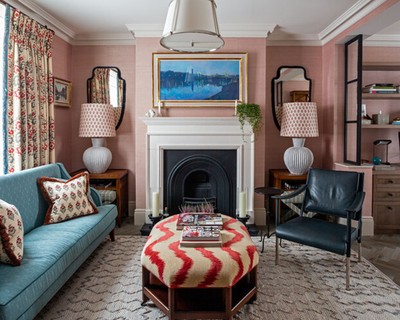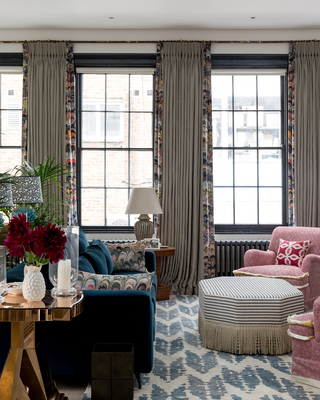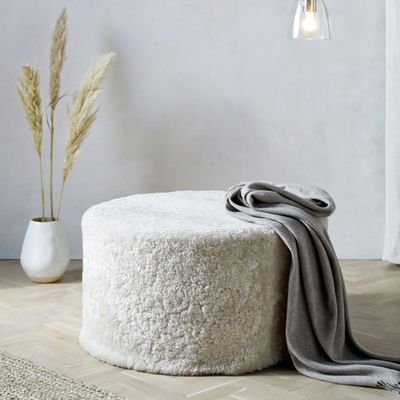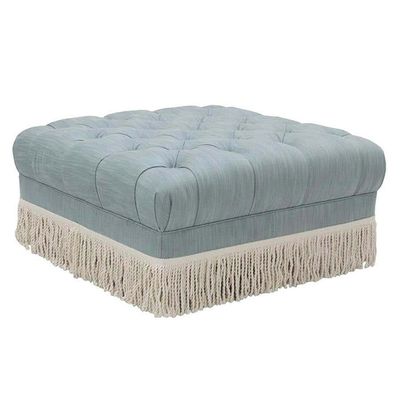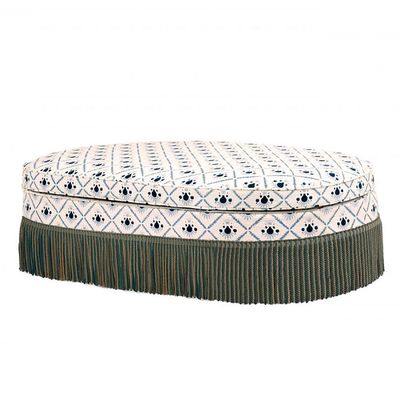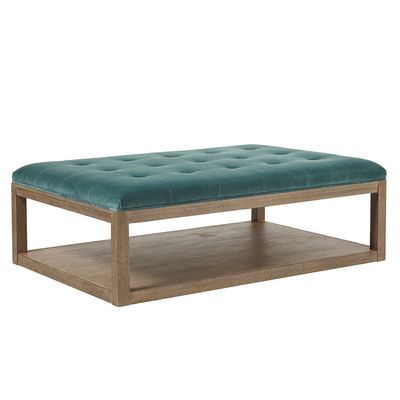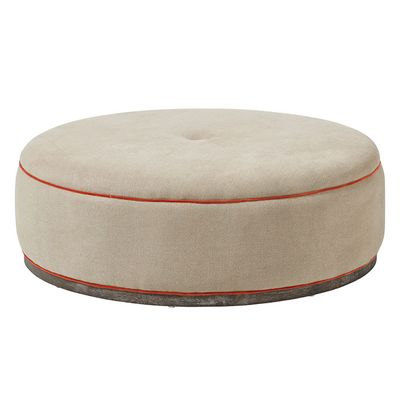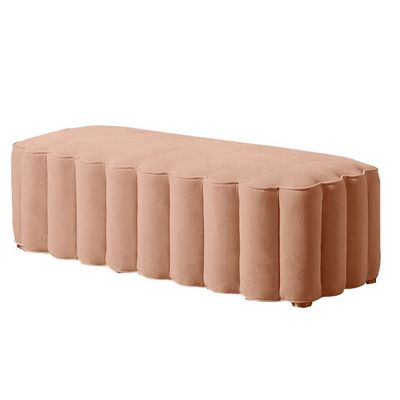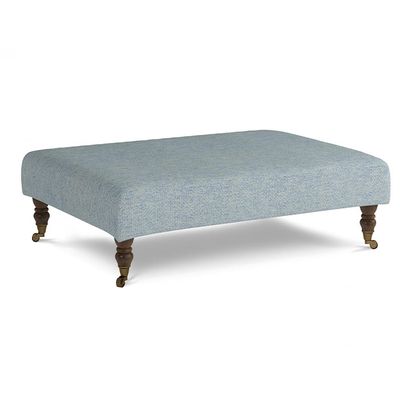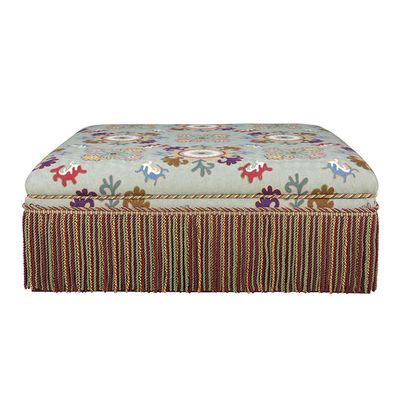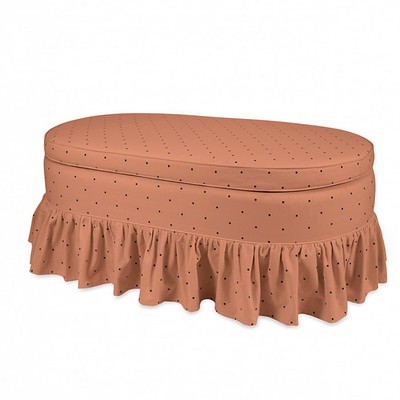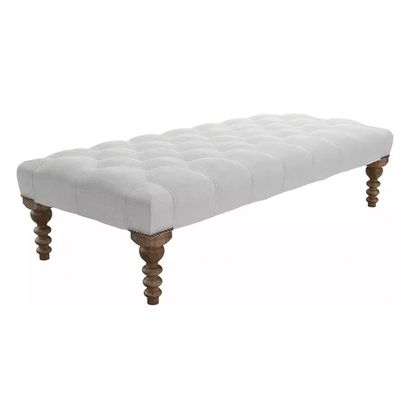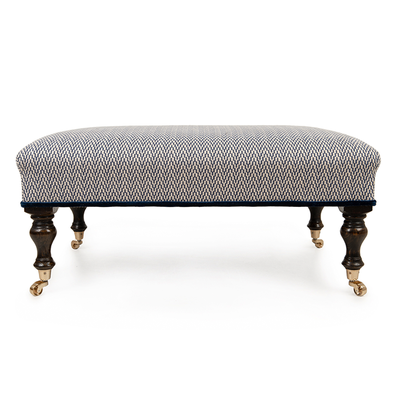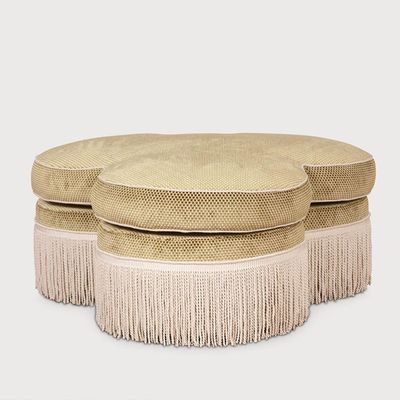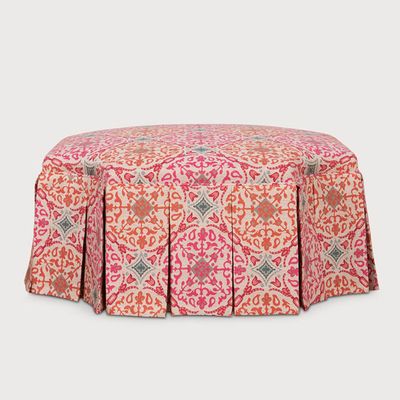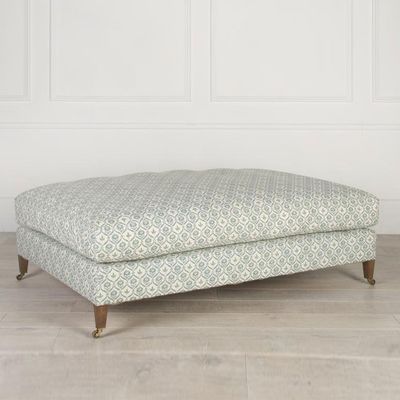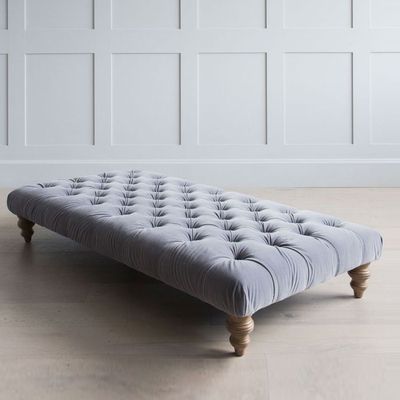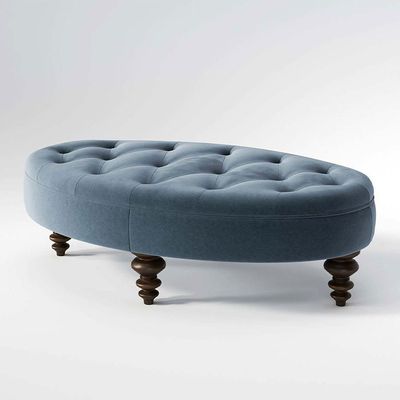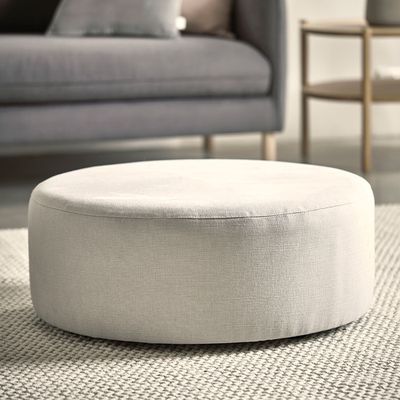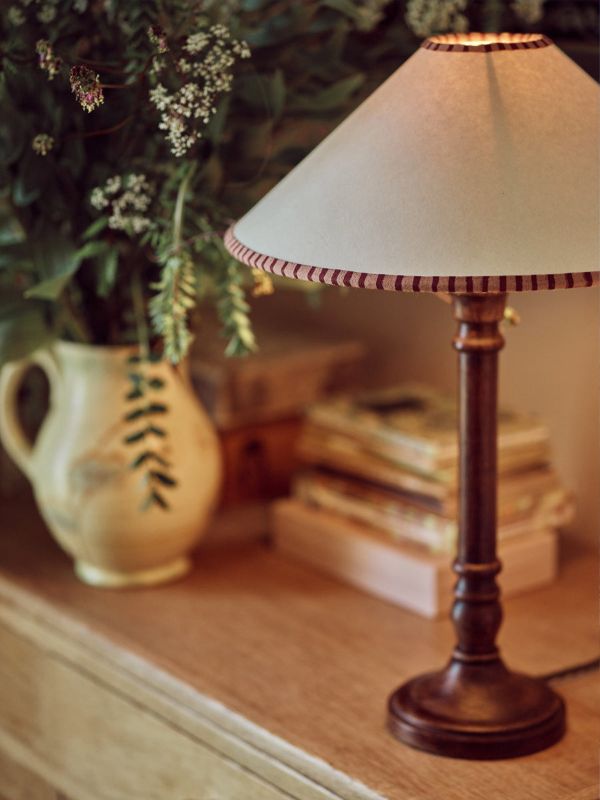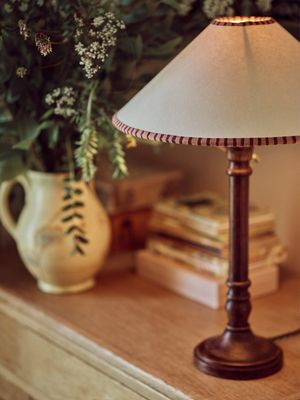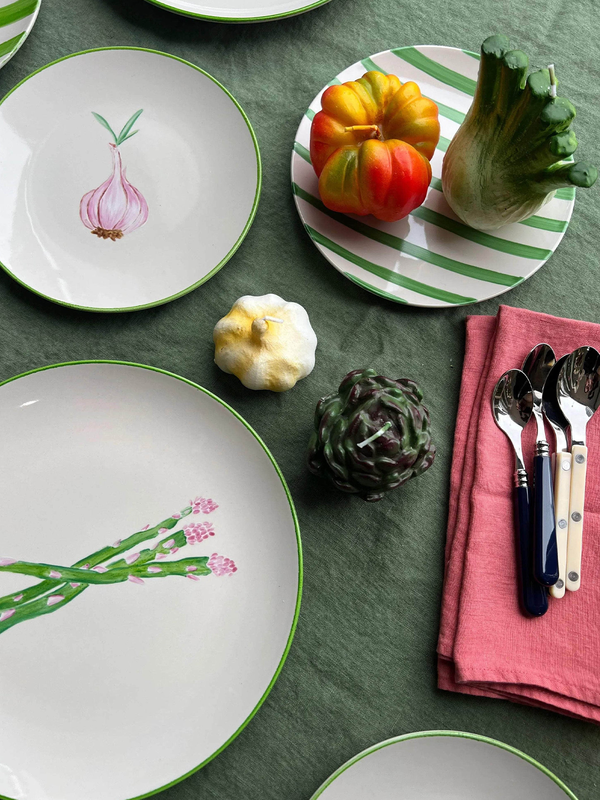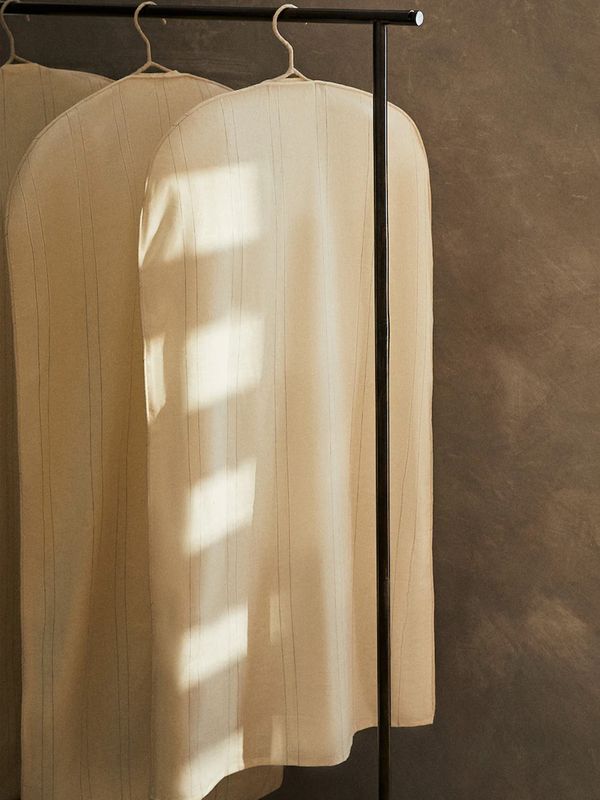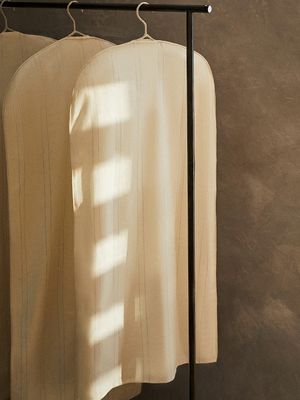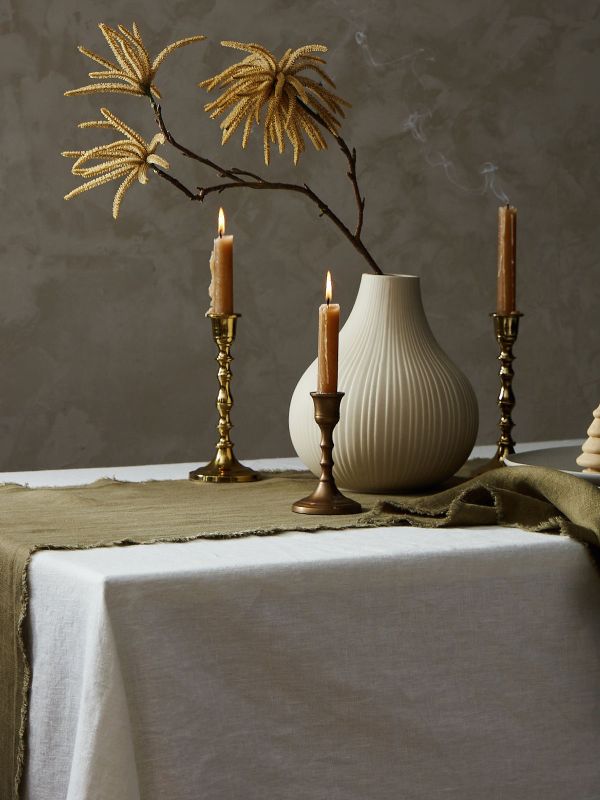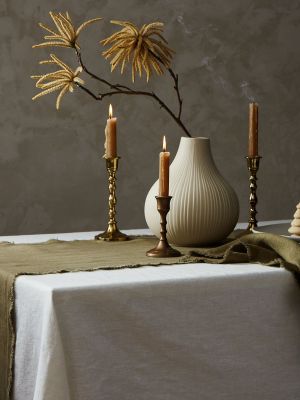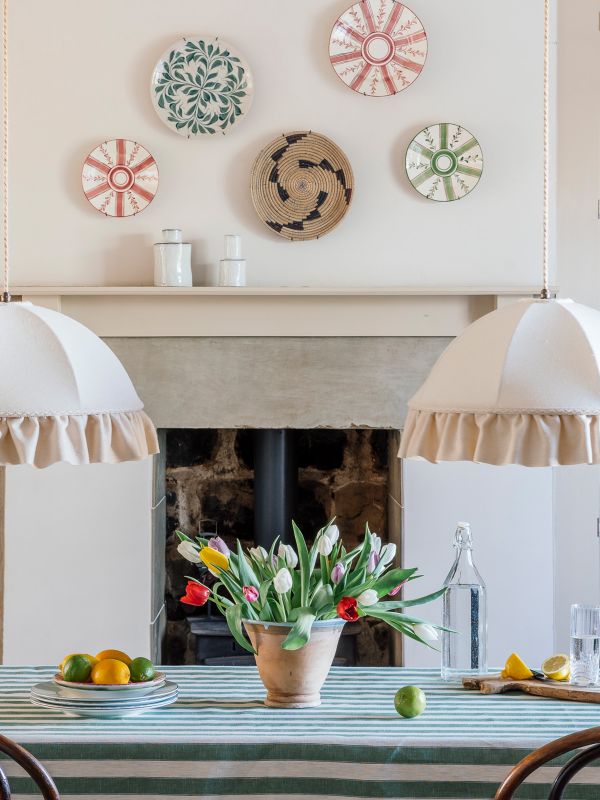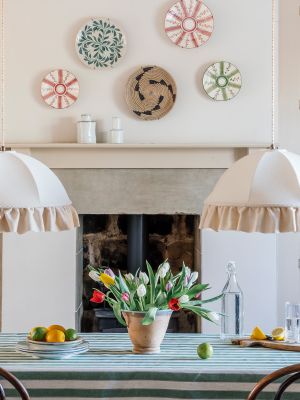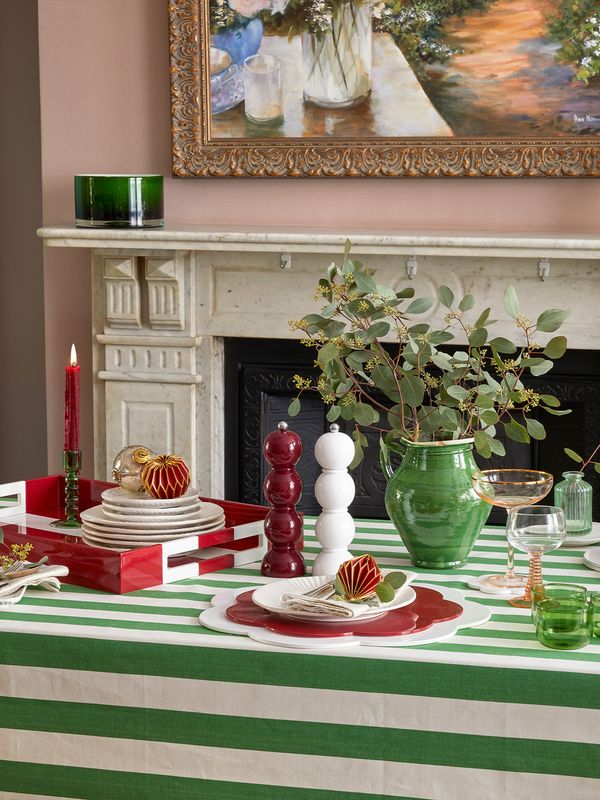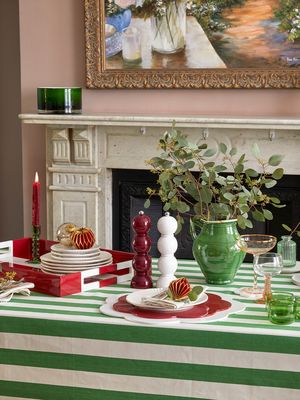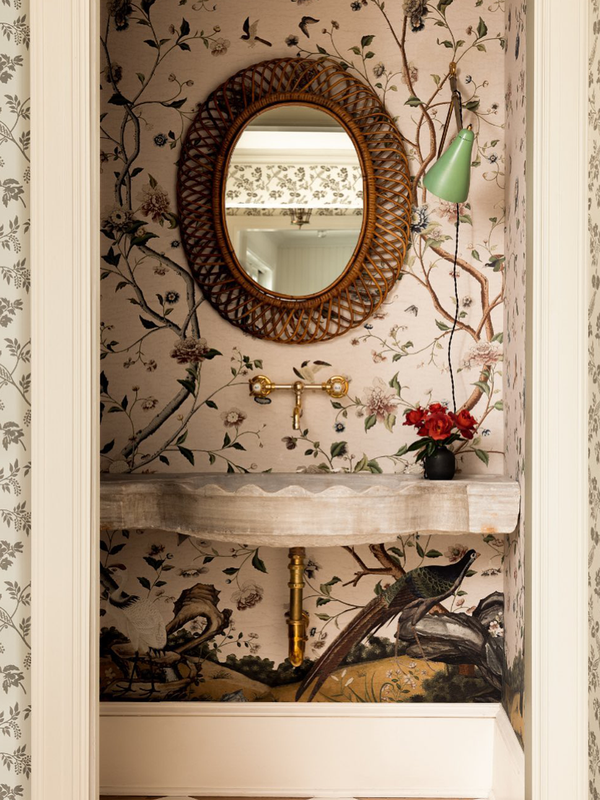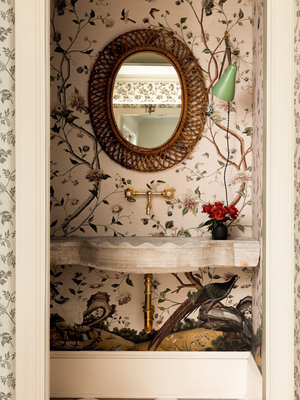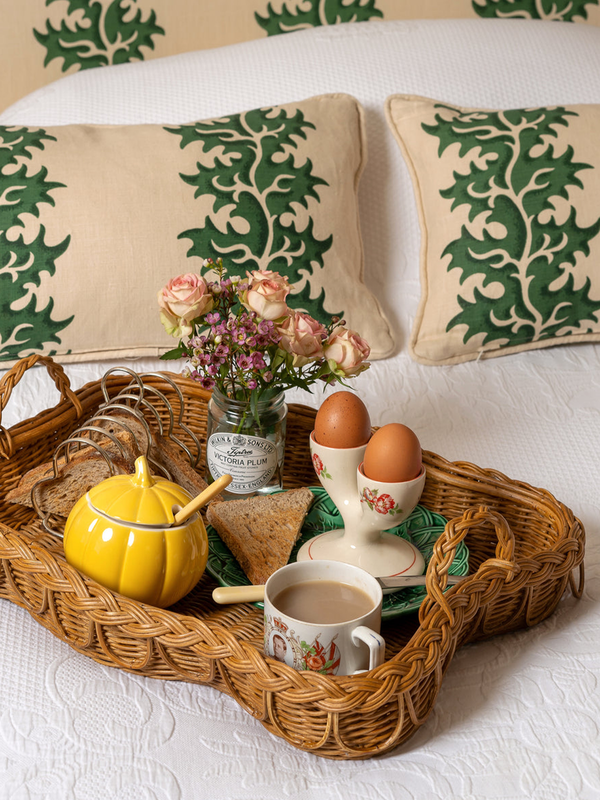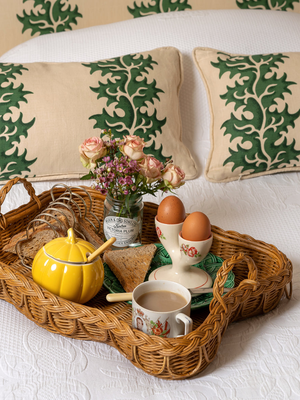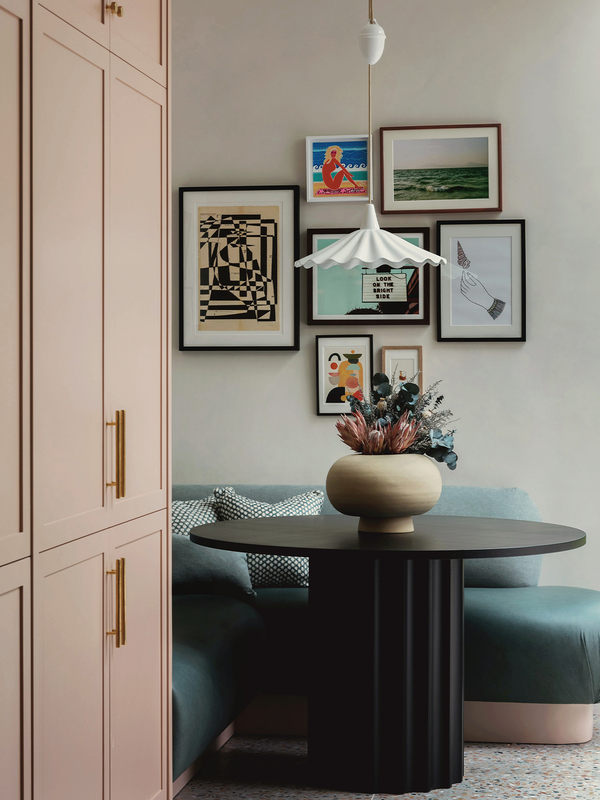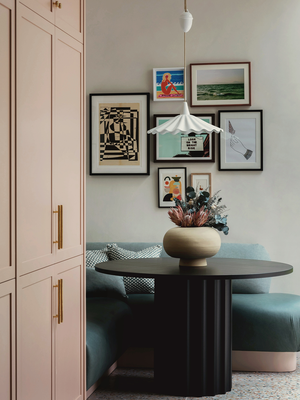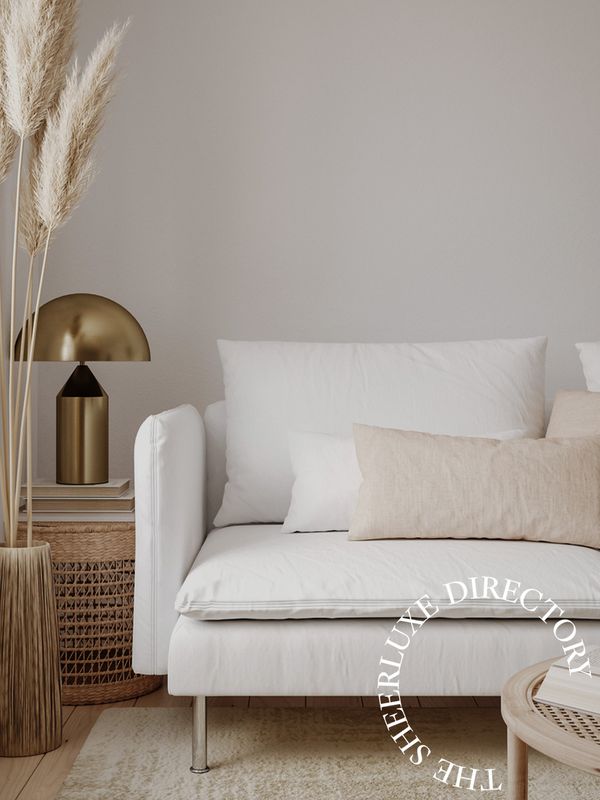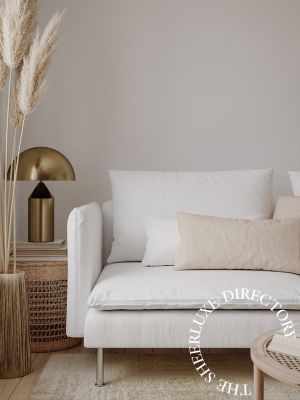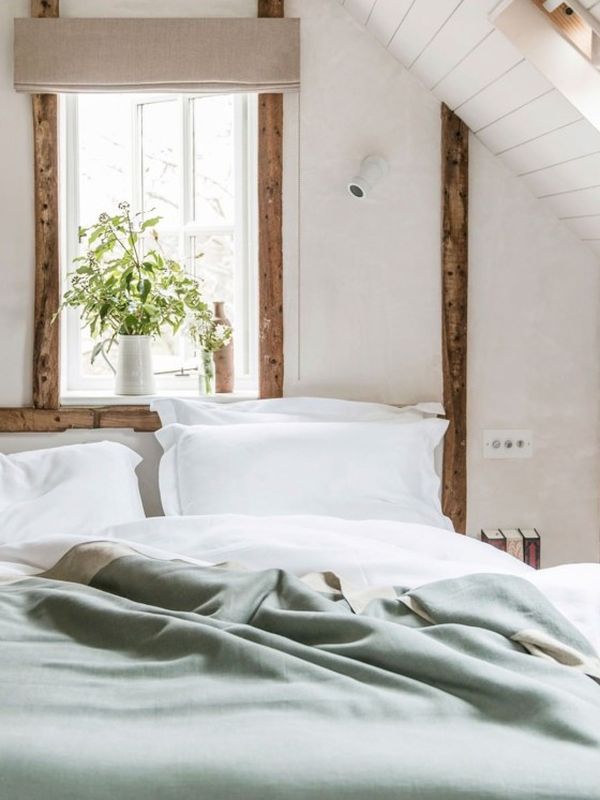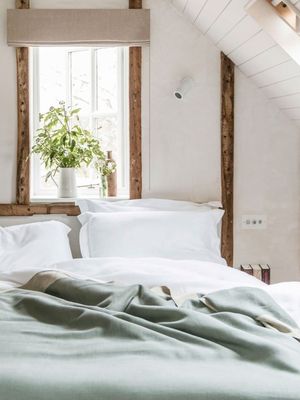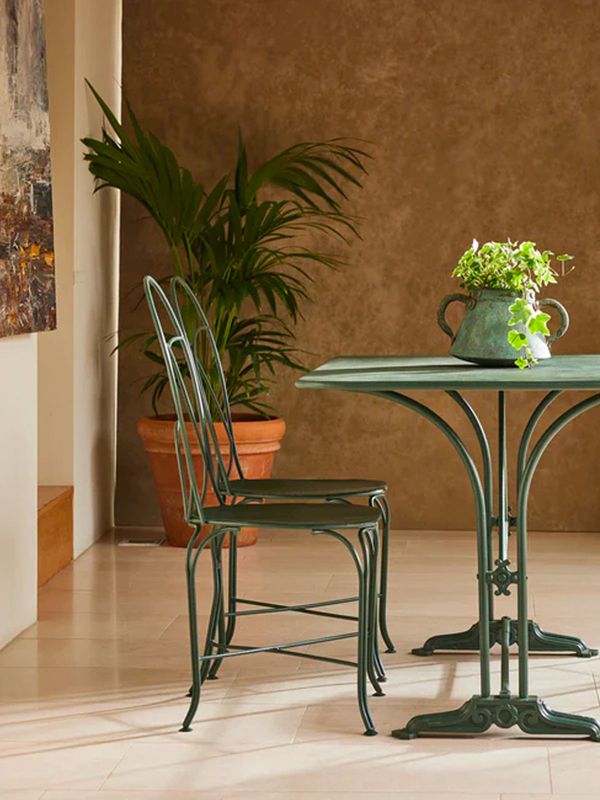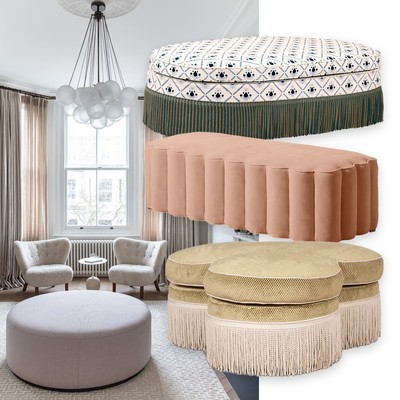
What You Need To Know About Buying An Ottoman
What’s the first thing to think about when choosing an ottoman?
Proportions are key. If space is limited, take off any square corners by designing an octagonal or oval ottoman to allow easier access within a modest layout. Light will then hit the various angles, adding more dimension to the space. However, in a room with more generous proportions, a larger ottoman in a geometric or more organic shape creates a focal point and can be an impactful design feature.
How should it be used?
When it’s used to display decorative items on a tray, a scented candle and piles of beautiful books, an ottoman will always add style to any room, and help define the space. But they’re also the ideal place to store things out of sight. We often design them with a hinged lid to tidy away children’s toys and transform a space to be more grown-up in the evenings. Incorporating a large shelf underneath an upholstered top is another way to add valuable storage space for stowing away serving trays, board games, magazines, and books.
And how should it relate to the sofa?
When an ottoman is placed in front of a sofa, it should be about two thirds of the sofa’s width. You want to be sure anyone sitting at either end of the sofa still has access to the ottoman, but it should still allow enough space to walk past it with ease – about 30cm-50cm in front of the sofa is about right. If it’s not used as a place to put your feet up, then feel free to use it more as a decorative coffee table.
Does the fabric need to be specially protected?
The fabric should be hard wearing on the top surface and upper sides, as they will invariably be used for resting weary legs and will get brushed past a lot. The side fabric and any fringe around the base are more decorative, and therefore don’t need to be as hard wearing. However, it is advisable to treat the fabrics with a stain guard treatment if you can.
And what about the legs – is there anything to bear in mind?
The finish of any timber used needs to work with the rest of the design in the space, so there are no hard and fast rules. For the legs in a more traditional room, it’s recommended to go for a turned leg or bun feet (if the ottoman has solid sides). Otherwise, go for a square leg or feet in a more modern setting. Adding castors to the base (or glides if on a timber floor) will allow it to be moved easily, too.
What are the common mistakes people make with ottomans?
An ottoman will need to be moved when vacuum cleaning, so wheels and glides are very useful. If you have a lift-up lid, using a soft close hydraulic arm will also ensure it won’t slam shut on little fingers. Deep buttoning to the top adds texture to the design, but it won’t allow for drinks glasses to stand on top easily, so remember to use a tray for this. Finally, don’t be tempted to buy one which is so small your legs can’t reach it. If necessary, buy two and place them back-to-back.
Visit HenryPrideaux.com
INSPIRATION CREDITS: Louise Holt Design
DISCLAIMER: We endeavour to always credit the correct original source of every image we use. If you think a credit may be incorrect, please contact us at info@sheerluxe.com.
